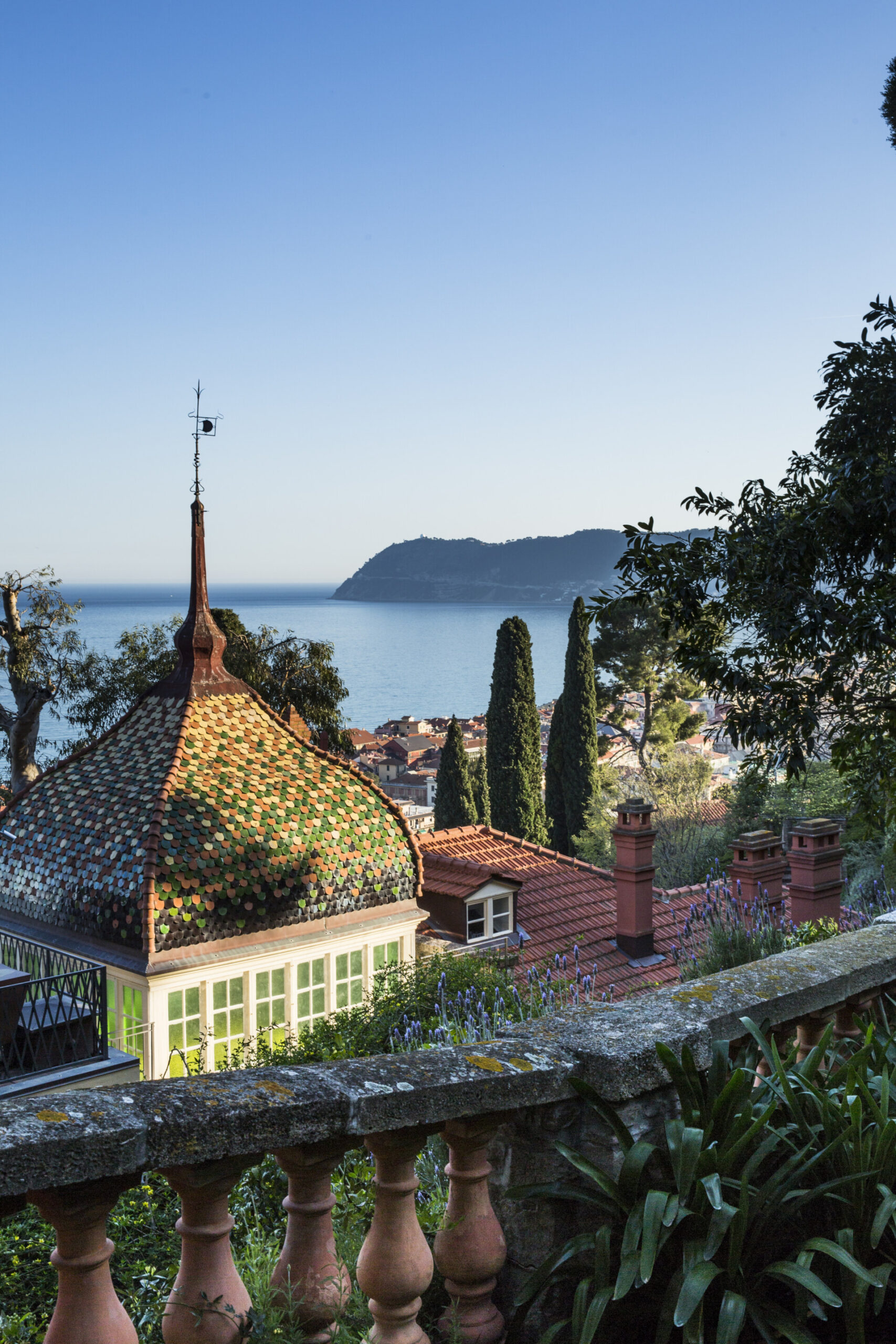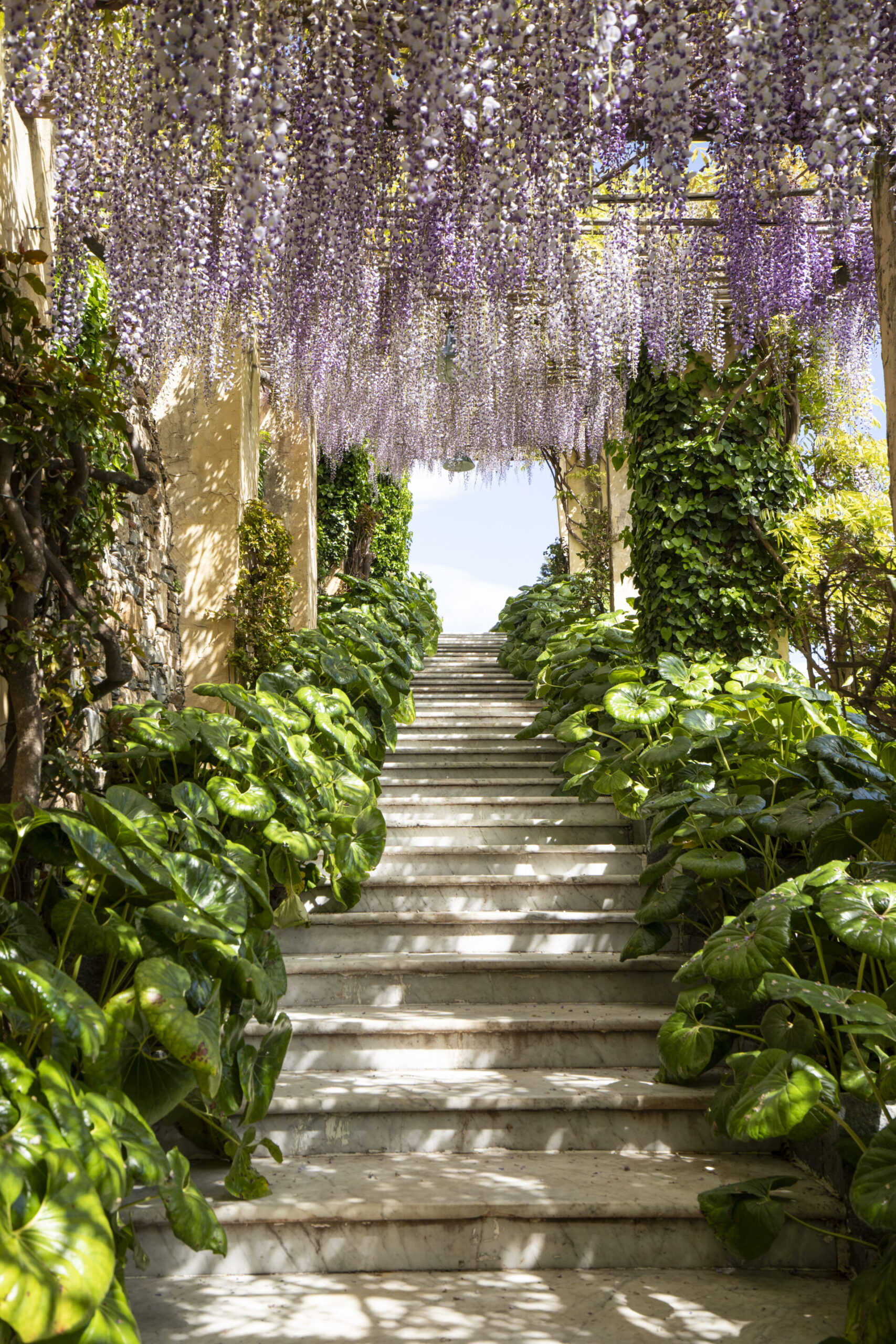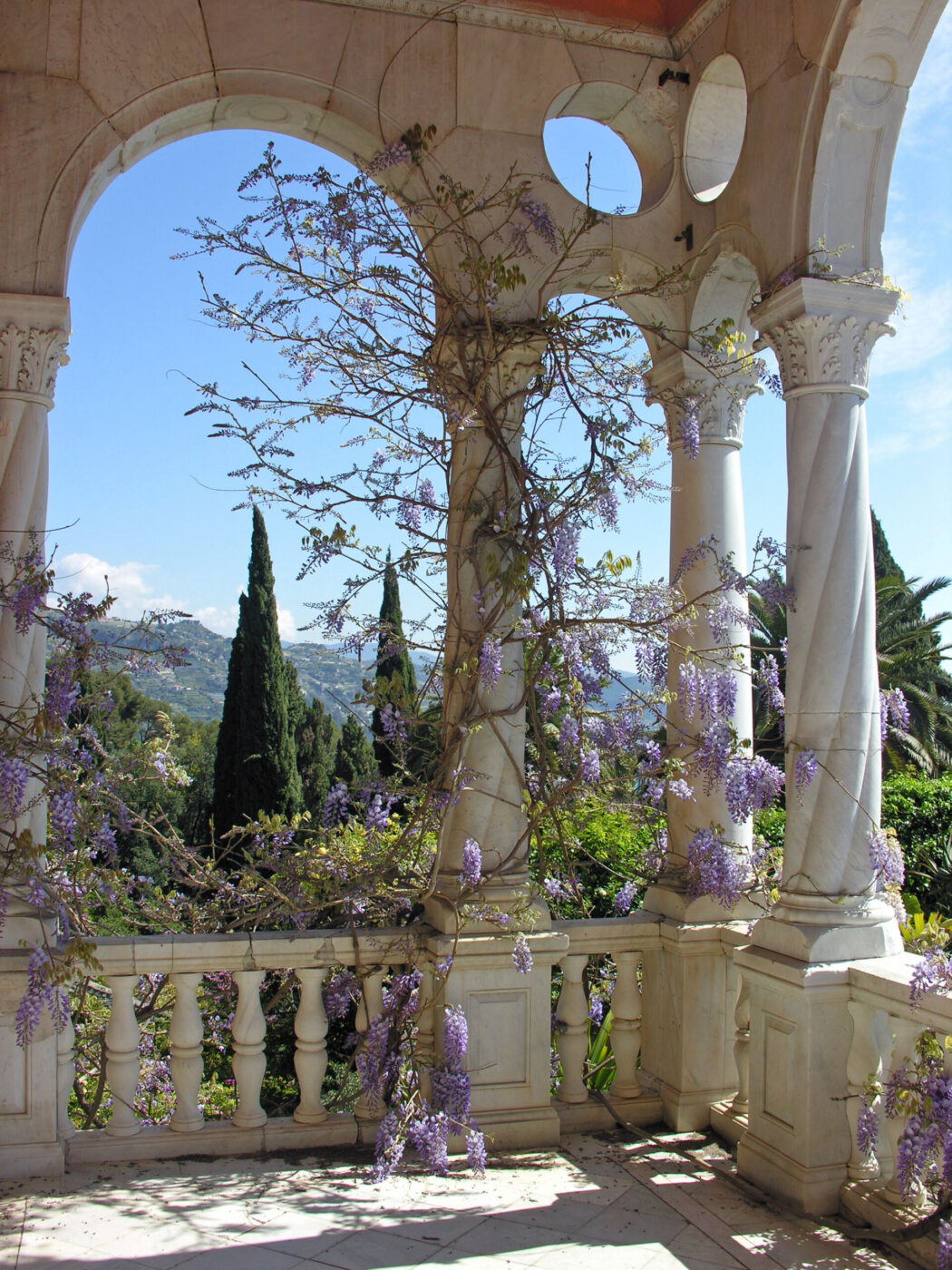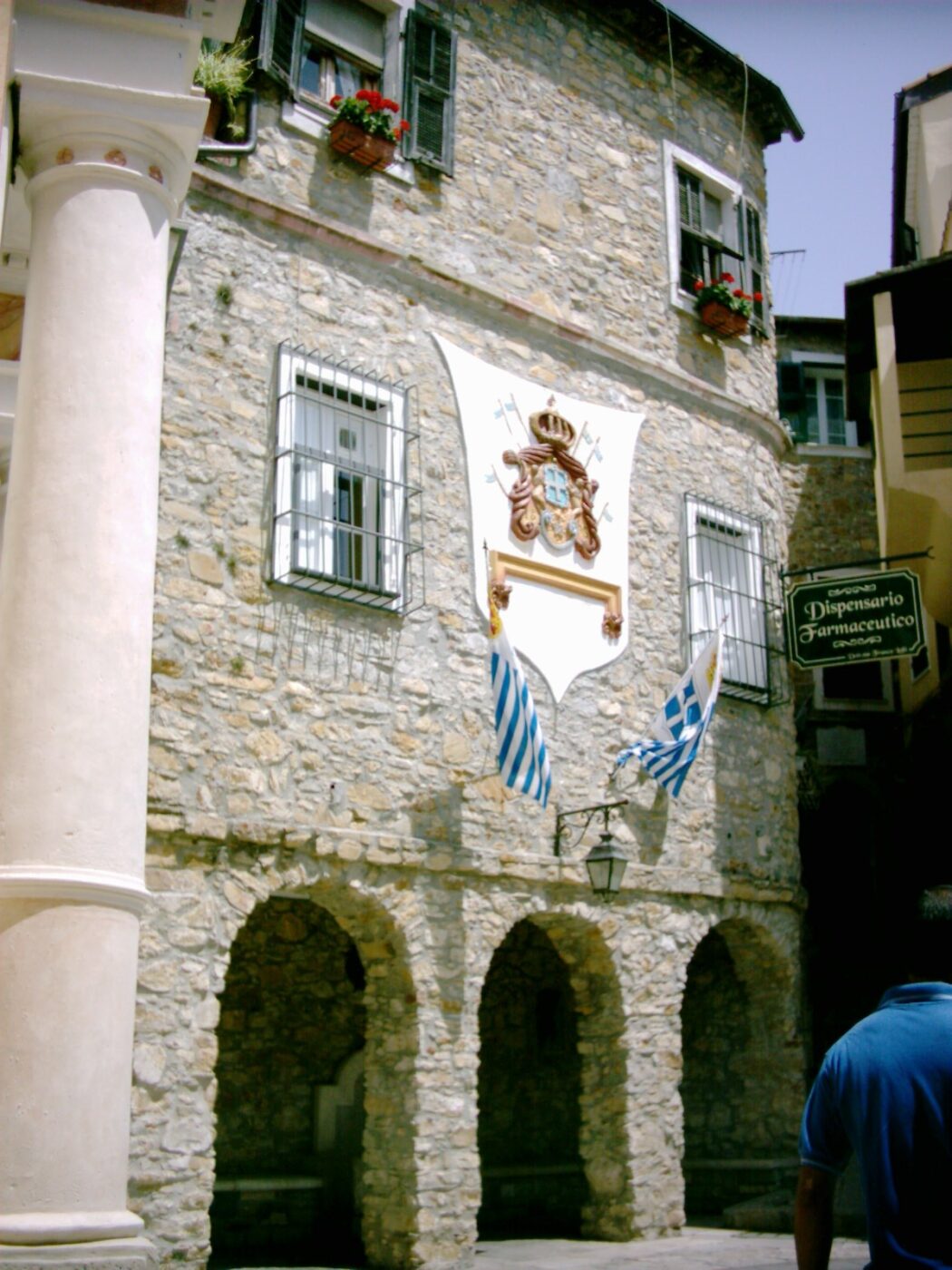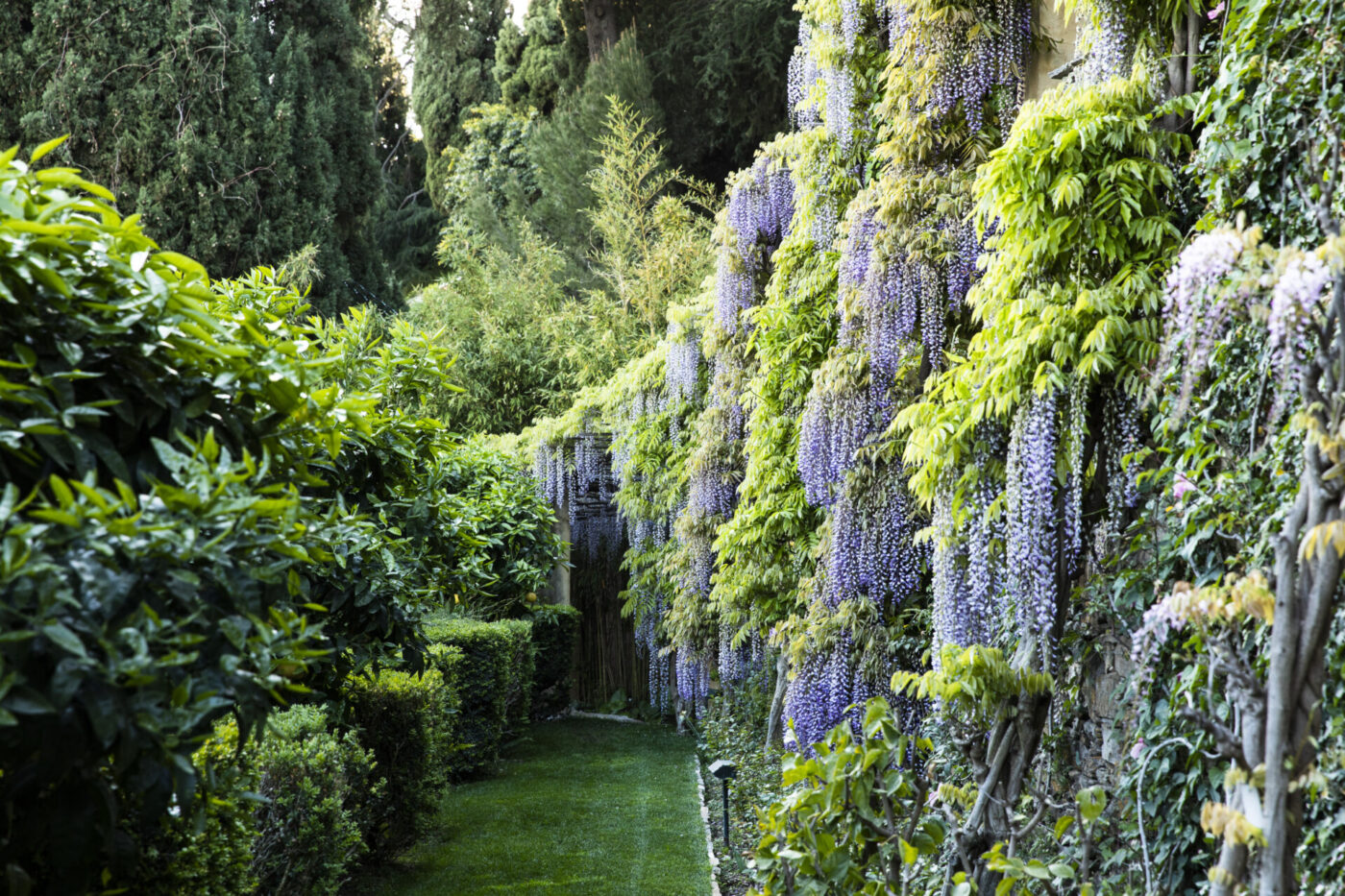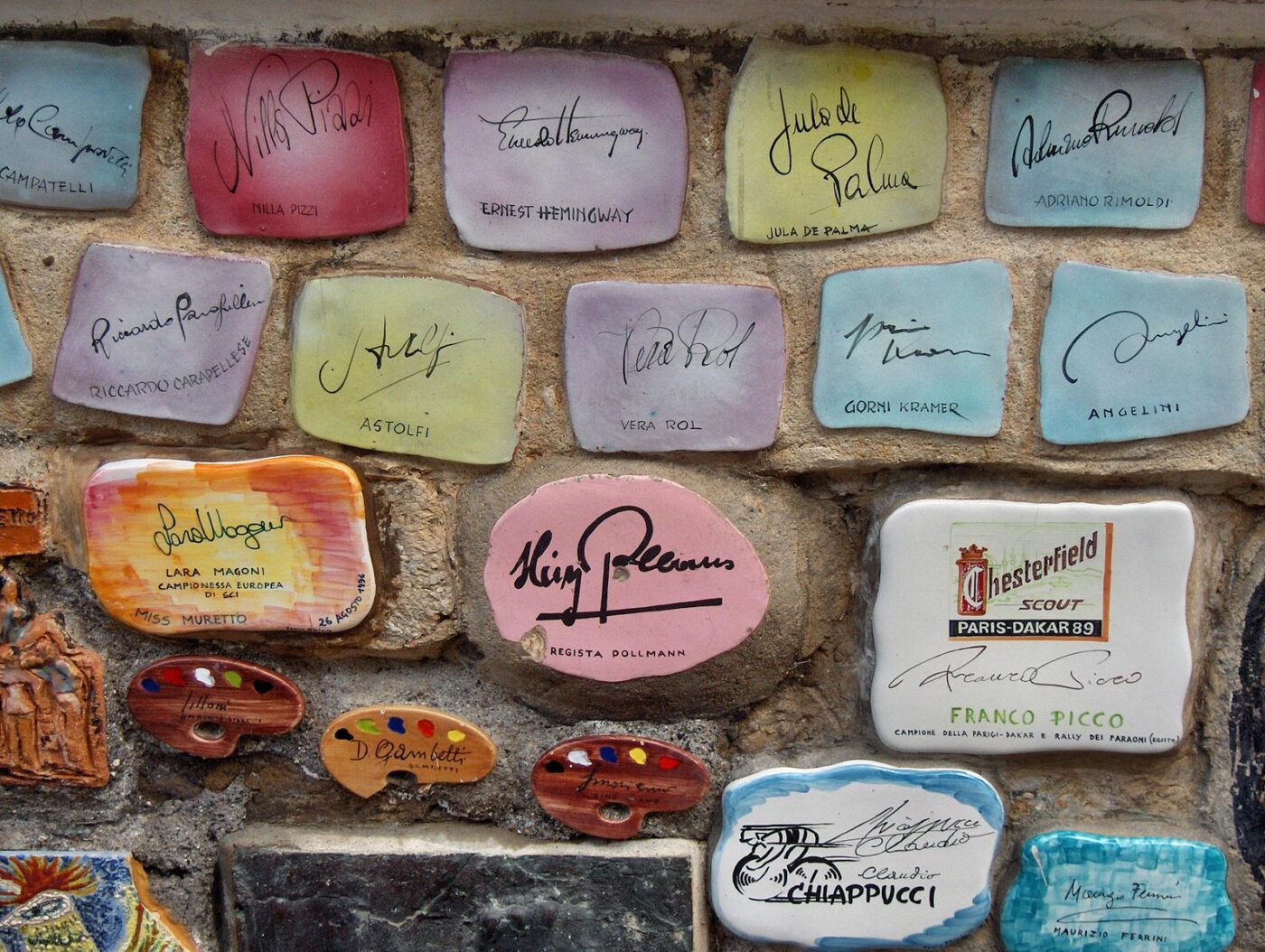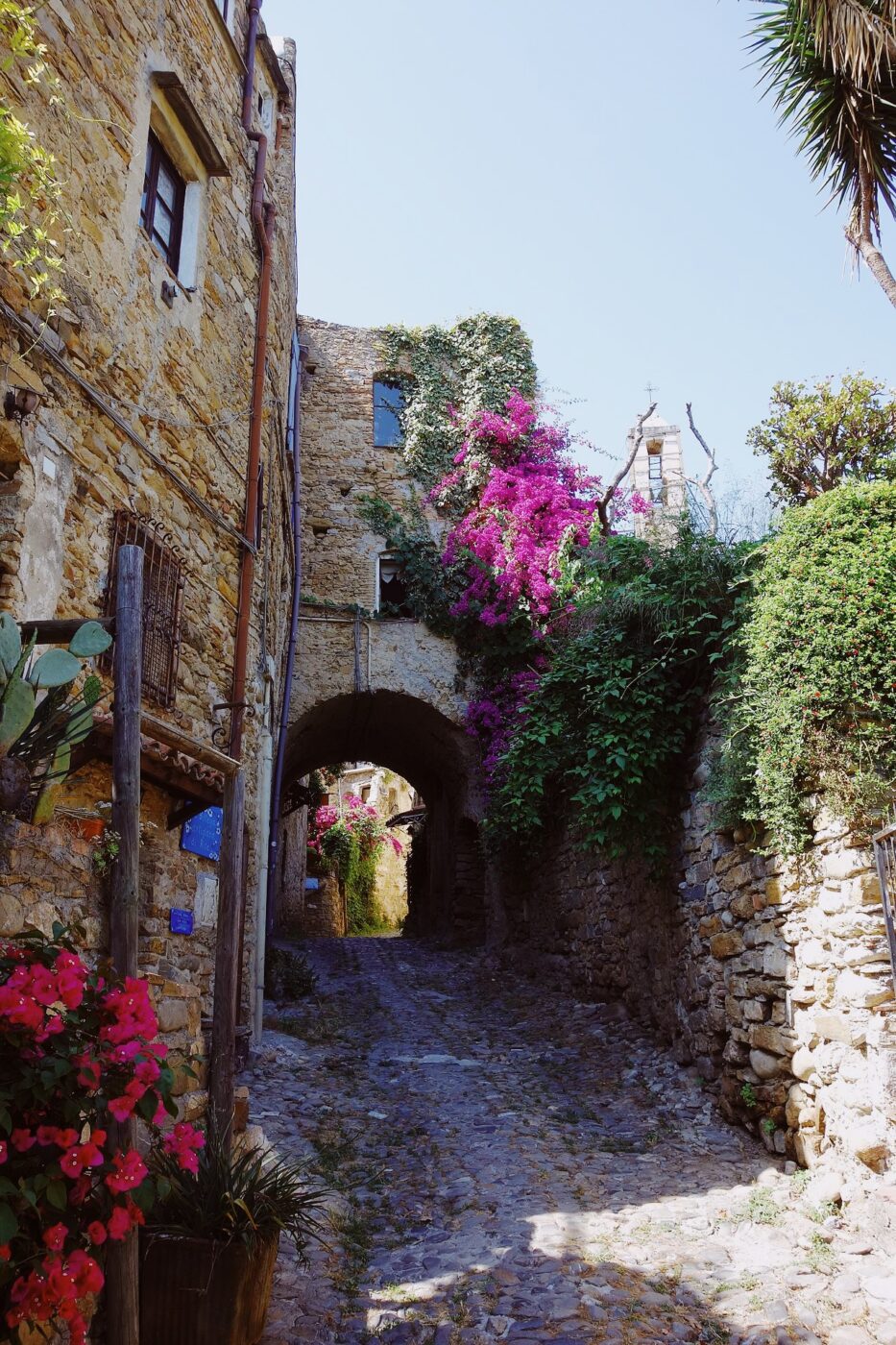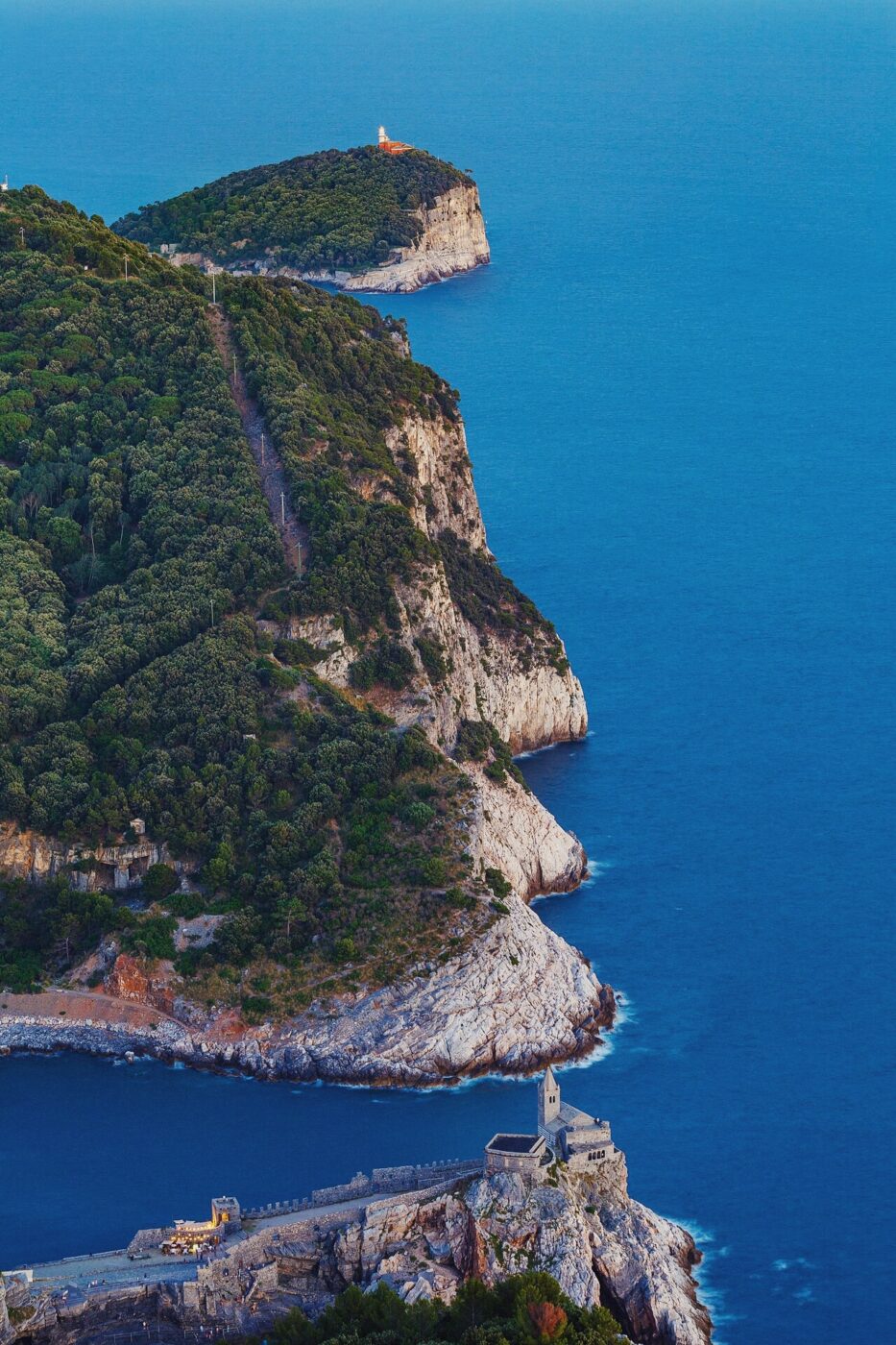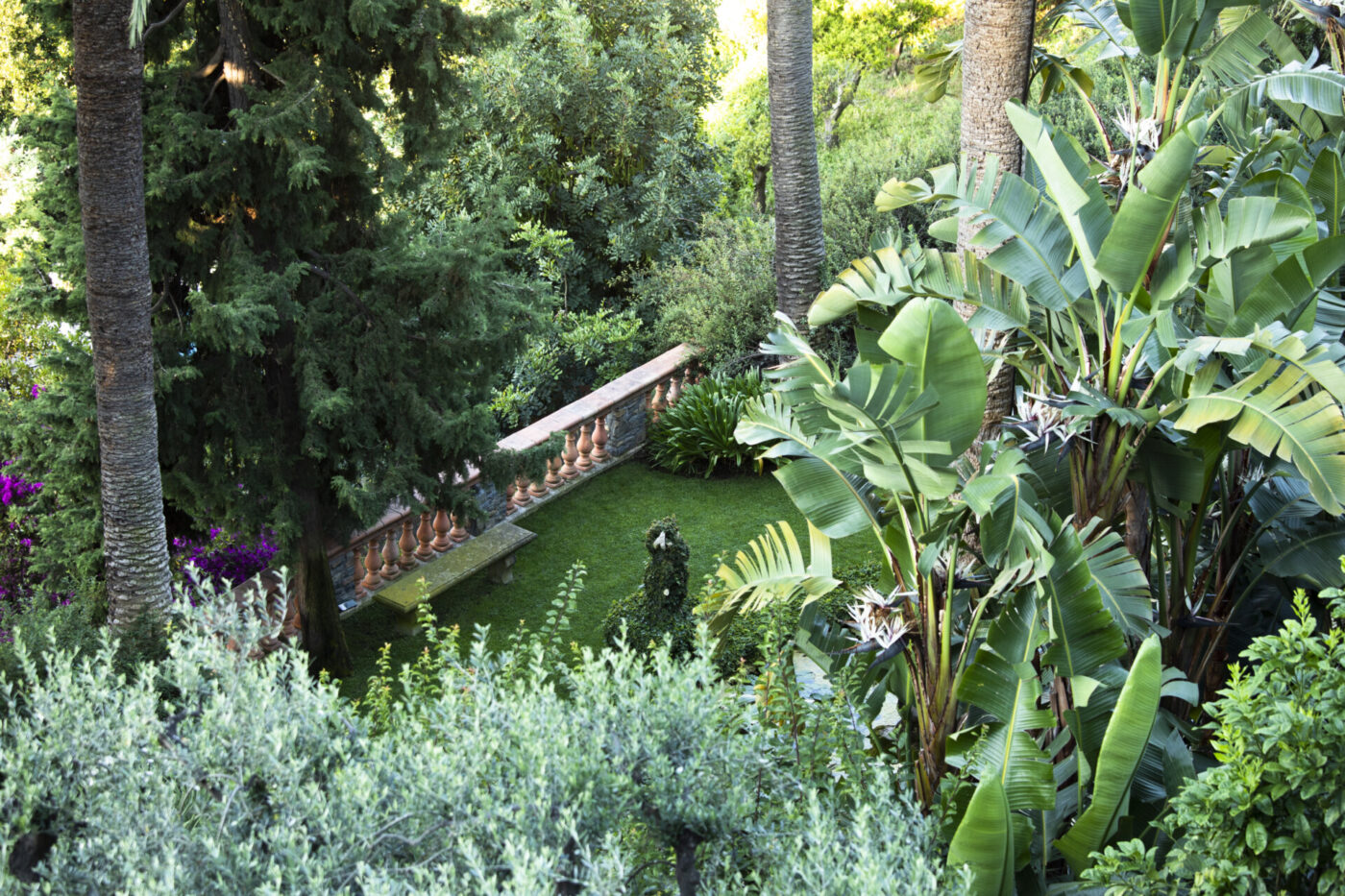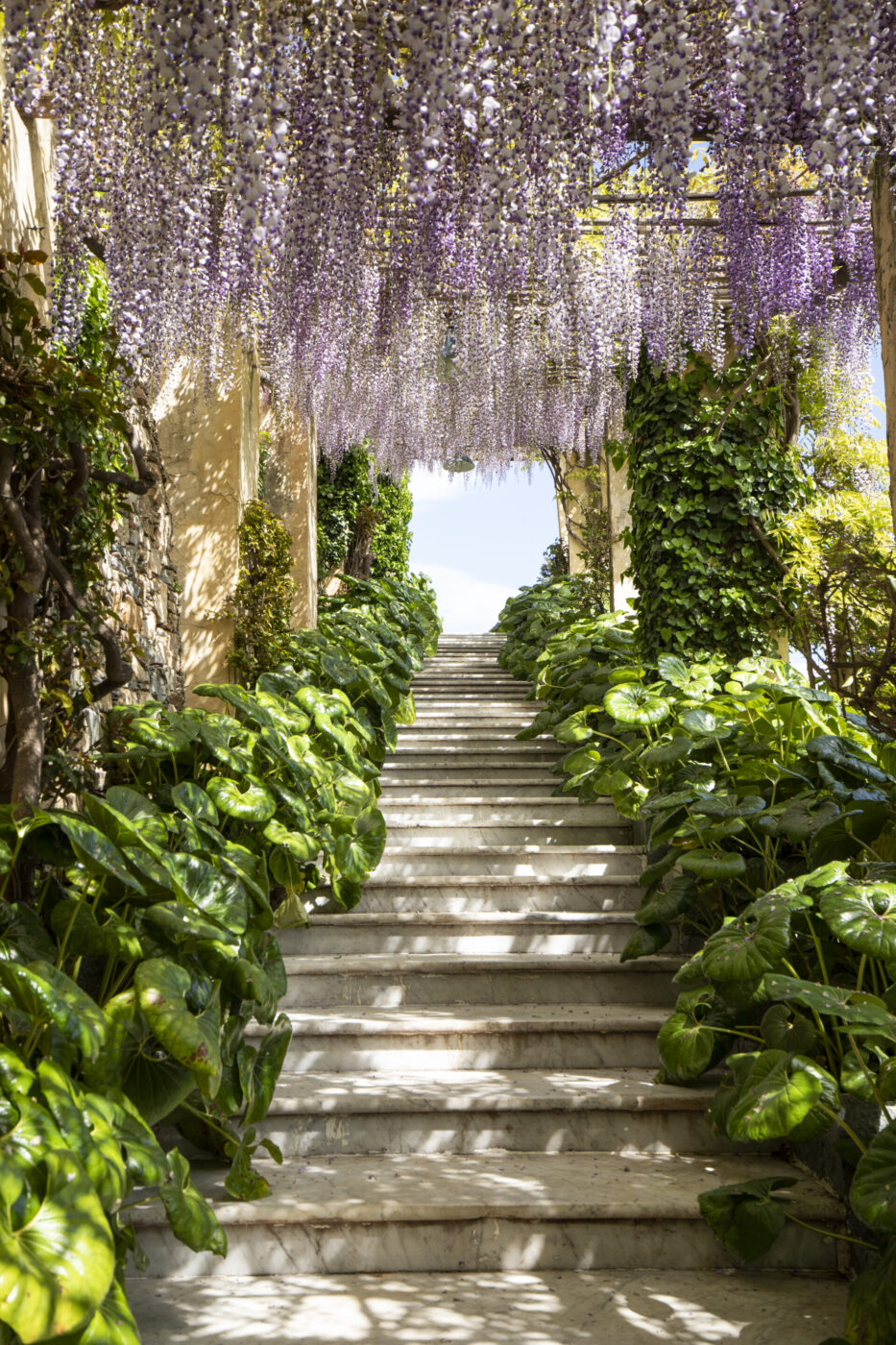Hanbury Botanical Gardens (Ventimiglia)
A tropical paradise with expansive sea views, the Hanbury Botanical Gardens, now operated by the University of Genova, is the British garden of Liguria. A UNESCO World Heritage Site, these 45 acres of cultivated land are brim-full of native and exotic botanical species. Englishman and aspiring botanist Thomas Hanbury, who purchased the property in 1867, chose the land for its fertile soil and mild climate; a welcome change from the unfriendly habitat of his home country. Here he could cultivate species from around the world that wouldn’t have lasted a minute in England, and though gardening was a common pastime of the English aristocrats, Hanbury’s interest in biodiversity was next level. Pre-Hanbury, the land around the 11th-century villa was, for the most part, cultivated with the ubiquitous olive trees, grape vines, and citrus. Today, thanks to Hanbury’s work, and now that of the university, the botanical gardens are home to over 5,800 species. Major collections include those of agaves, aloes, and salvia, though be sure to check the “Blooms of the month” page on the official website for a sneak peak of what you can see when you visit.

©Archive GBH - images Daniela Guglielmi
Ponte Vecchio (Dolceacqua)
No, not that Ponte Vecchio, silly, that’s in Florence. This other “old bridge” can be found up in the hills above Bordighera, in the lesser-explored inland of Liguria. The medieval bridge–a short, stone thing–may be less glamorous than its Florentine counterpart, and it’s certainly no feat of engineering, but it did catch the eye of a certain someone: famed French painter Claude Monet. He dubbed the bridge a “jewel of lightness,” and, over the course of a few visits to Dolceacqua (once with Renoir), painted it twice; one painting is titled “Bridge at Dolceacqua” and the other “The Castle of Dolceacqua”. The medieval district of Dolceacqua, known as Terra, remains remarkably preserved, and is connected via the 15th-century Ponte Vecchio to the newer, 19th-century town Il Borgo. Beyond the bridge is the ruins of the Castle of Doria, which delineated the border between Piedmont and Liguria. Originally constructed in the 11th century, the castle exchanged hands among prominent families such as the Doria and the House of Savoy, as well as French and Spanish allied forces, before being deserted by the mid-18th century. The remnants can be seen in the aforementioned 1844 painting.
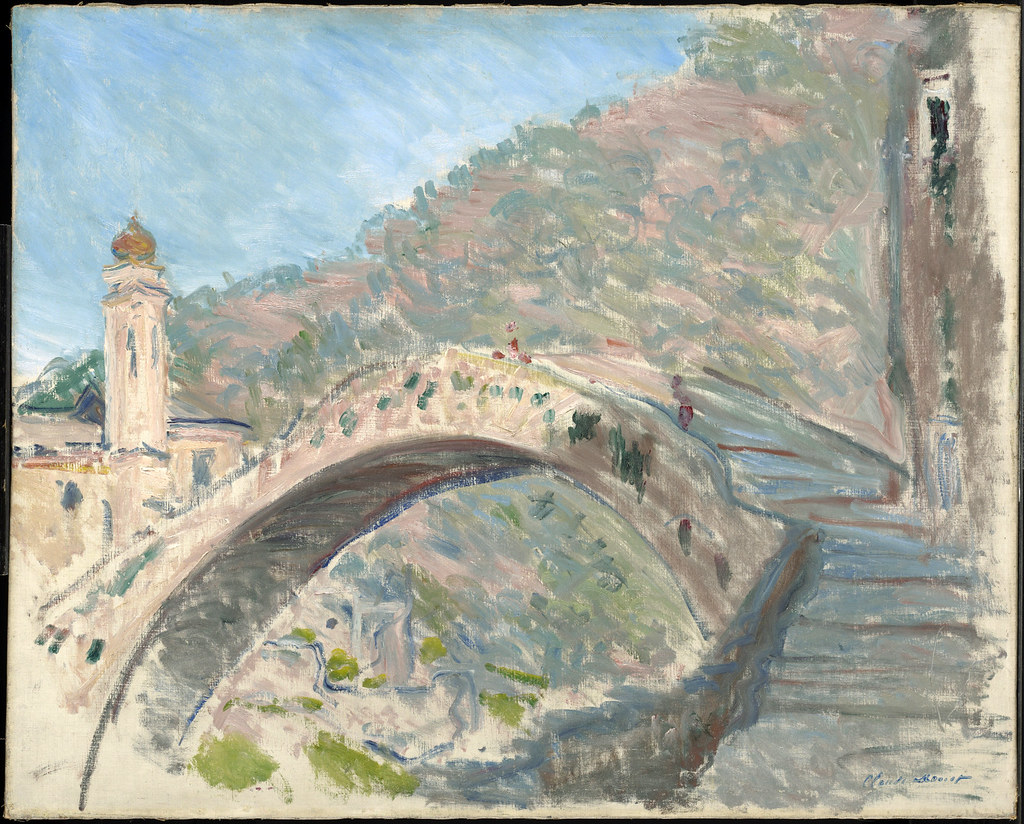
"Bridge at Dolceacqua" by Claude Monet
Seborga
Come to Seborga and you’ll have to exchange your euros for luigini. And that’s not all that’s different about this Ligurian town; it also has its own flag, national guard, and Latin motto–“Sub Umbra Sede” (“sit in the shade”). Locals swear by the fact that their hometown has been a sovereign state since 954 and, overlooked by the House of Savoy during the country’s unification, never truly became a part of Italy. The loudest proponent of Seborga’s independence was flower grower Giorgio Carbone, who alleged to have unearthed previously undiscovered documents within the Vatican archives proving Seborgan independence. In 1963, he was elected Prince of Seborga by its some 300 residents–a title he held for 46 years. While some view it as a publicity tactic aimed at drawing tourists to the village, Seborga’s sovereignty has been recognized by Burkina Faso since 1998, and its locals wholeheartedly uphold the idea that Seborga is a proper country–a hill they’re willing to die on for their hilltop hamlet. (Legally speaking, Seborga is subject to all the laws and regulations of Italy.)
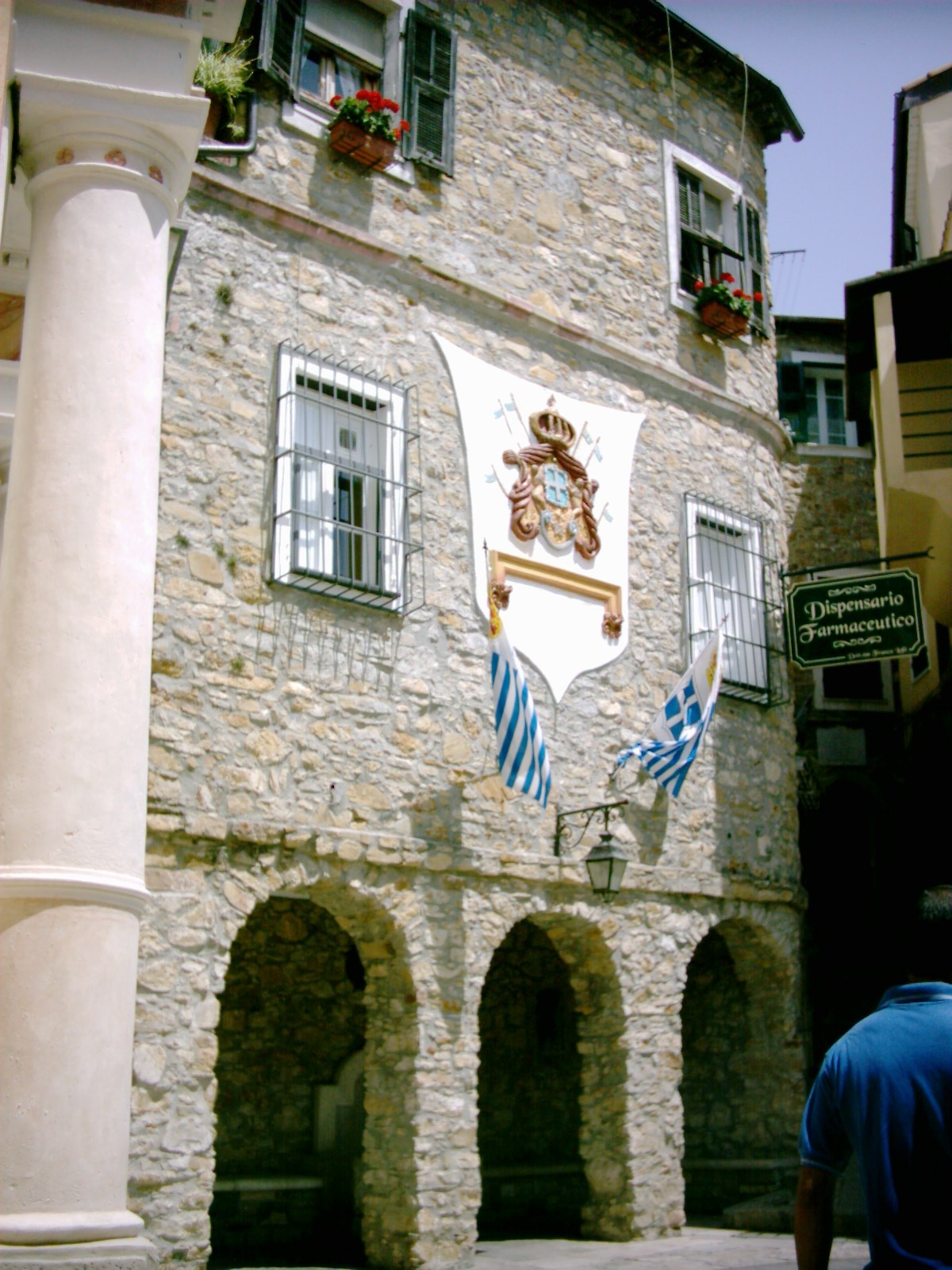
Seborga
Cristo degli Abissi (San Fruttuoso)
There’s no shortage of tributes to the divine in Italy, though you might be more accustomed to finding them on church ceilings and museum walls than the sea floor. This 2.5-meter-tall bronze statue of Jesus, however, was sculpted by Guido Galletti and installed 17 meters deep in Davy Jones’ locker between Camogli and Portofino in 1954. In honor of Dario Gonzatti, the first Italian to use scuba diving gear, the statue is placed near where he died on a dive in 1947 and dedicated to all those who’ve perished at sea. You can swim or kayak out to the spot to see it from above when the water’s clear, or find a guided dive to get up close and personal. You can also find casts of the original installed in the deep blue off the coastline of St. George’s, Grenada and Key Largo, Florida.
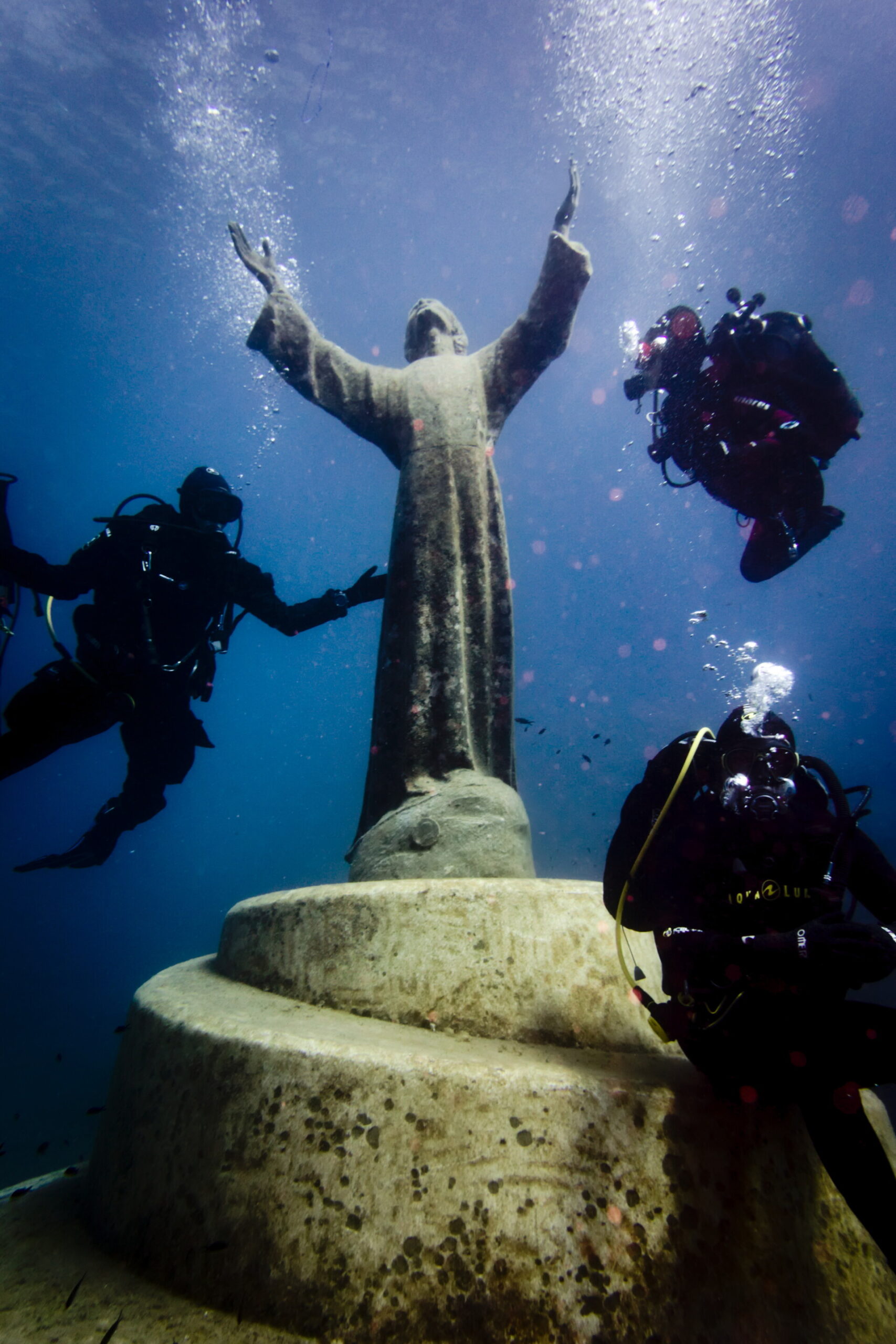
Photo by Enrico Strocchi
Il Gigante of Villa Pastine (Monterosso al Mare)
The largest of the Cinque Terre’s five towns, Monterosso al Mare counts among its 1,338 residents il Gigante, the Giant. At the end of one its beaches, Villa Pastine’s seaward side has been decorated with this concrete statue since 1910–though the colossus, now armless, has certainly borne the effects of time. Designed and built by Arrigo Minerbi, a Jewish Italian sculptor, the 14-meter-tall likeness of Neptune holding the waves at bay became an emblem of the village and featured on many of its postcards. Minerbi is also known for the bronze doors of Milan’s Duomo, whose construction had to be completed after WWII as the artist was forced into hiding. Ironically, his design was inspired by the Edict of Constantine, a proponent of religious tolerance; in this case, for Christianity in the Roman empire. Il Gigante also made it through the war, though allied bombings took off his arms, trident, and a giant seashell that once rested upon his shoulders. Rough waters further took a toll on the Brobdingnagian sea god, but he’s still a sight to behold while sunbathing on the soft sands of Monterosso al Mare.
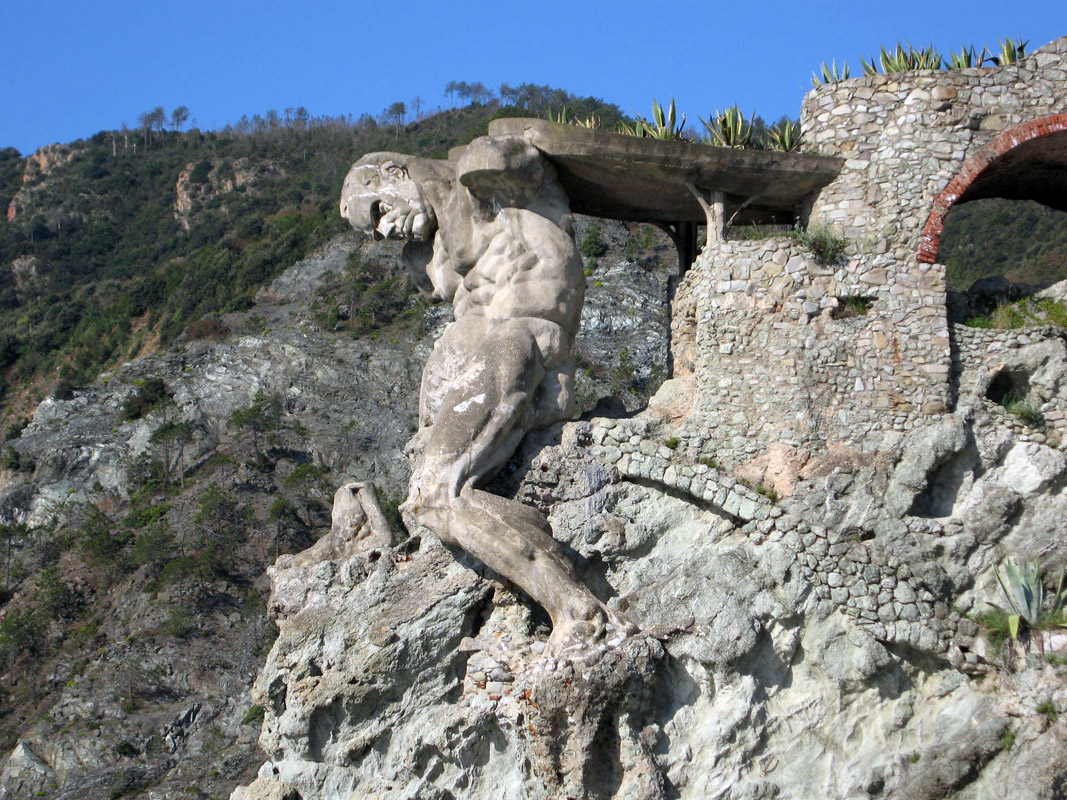
Shrine of Nostra Signora della Guardia (Ceranesi)
Legend has it that in 1490, the Virgin Mary appeared to peasant Benedetto Pareto and urged him to build a chapel. Although hesitant on account of his humble status, Pareto was convinced a few days later when, after falling from a tree and suffering a serious injury, Mary miraculously healed him; he built a chapel on the exact spot of the apparition, on the top of Monte Figogna. Word spread fast, and soon the faithful were arriving in droves, climbing up the steep slopes of the mountain from which you can look over the riviera, Genova, the Polcevera valley, and, on clear days, even the island of Corsica. For centuries, the pilgrimage was made on foot, considering that the harsh terrain was not conducive to any sort of infrastructure. In 1934, however, locals successfully designed a tramway with short cars that could maneuver the tight curves and carry visitors from the town of Ceranesi up to the shrine. When a road was finally built, the tramway no longer served its purpose and closed in the 1960s, before being converted into a biking and hiking route called the Ex Guidovia. Parts still show the original tram tracks, even passing through tunnels–all with sweeping views of the sea and surrounding countryside. The trail is about 12 kilometers round trip, but the less outdoorsy can drive up to the shrine and hike around as they wish.
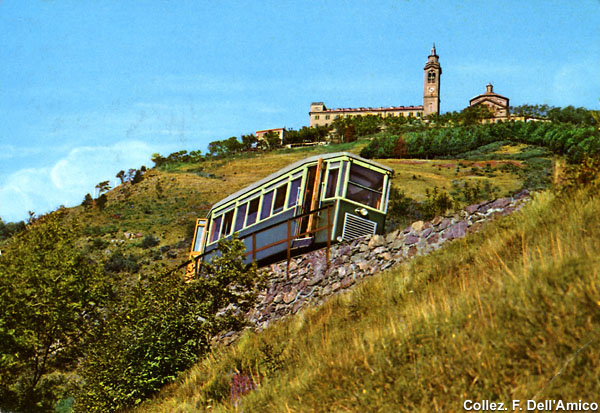
I Giardini di Villa della Pergola (Alassio)
If you’ve got wisteria hysteria, this is the place for you. Around March and April, you can find 34 varieties of the flower here, tumbling down from pergolas and over banisters. If you can’t make it during the season, however, don’t fret. The gardens are beautiful all year round with 500 different varieties of Agapanthus, as well as carob trees, maritime pines, jacaranda, bougainvillea, jasmine, and much more. The garden was first built in the 1870s by Brits General Montagu McMurdo and his wife Lady Susan Sarah Napier as their winter and spring retreat. After passing through many hands and more than a few decades, the gardens have been much embellished since then, and, today, you can expect sun-dappled paths through fragrant and exotic plant species, bubbling fountains, and balustrades that look out over the sea below. It’s a rare and stunning example of an Anglo-Mediterranean park that has been preserved in its original size.
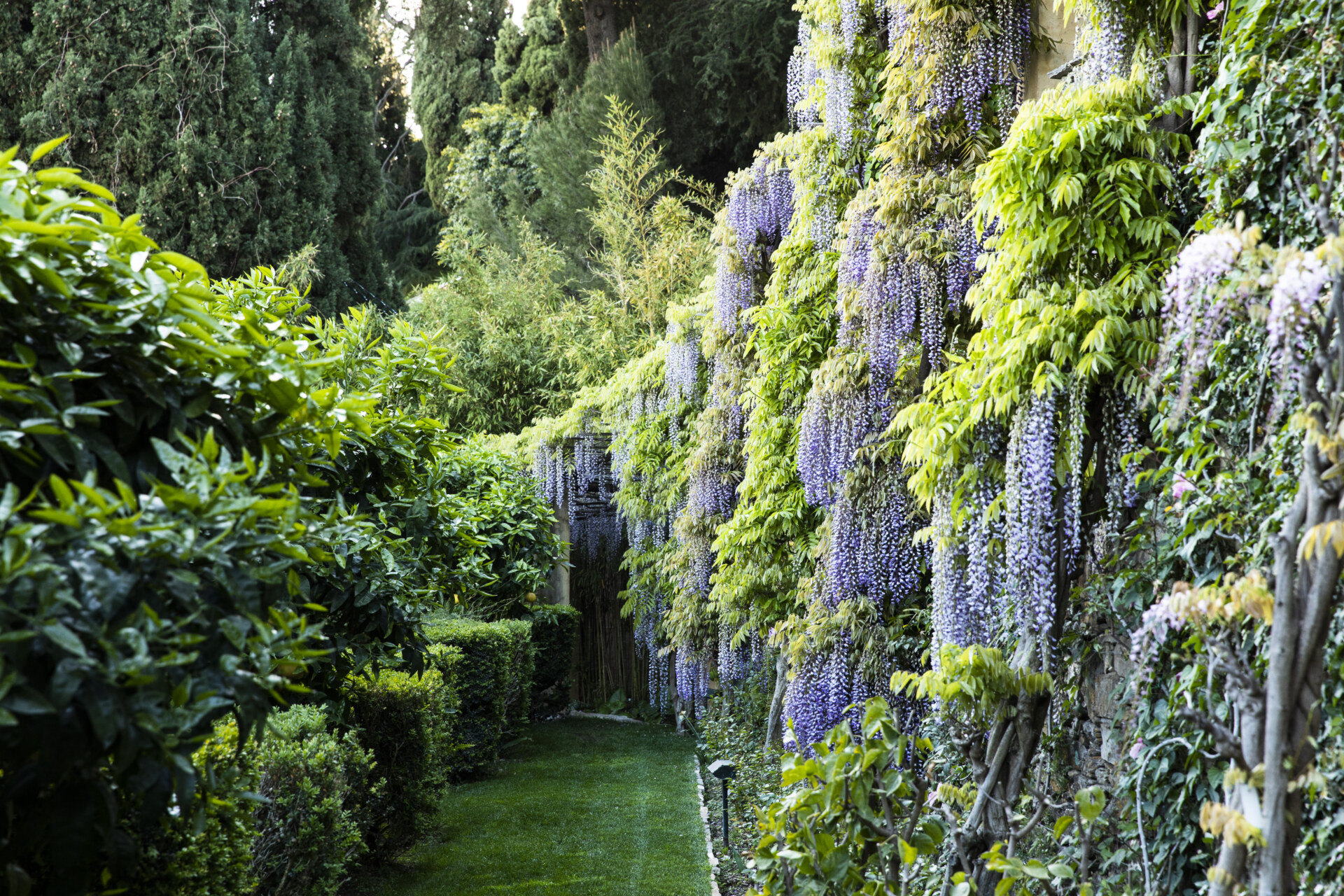
Villa della Pergola, Alassio; Photo by Matteo Carassale
Muretto di Alassio (Alassio)
Los Angeles has the Hollywood Walk of Fame; Liguria has the Muretto di Alassio. Between the 19th century and the 20th, little Alassio transitioned from the seaside resort of choice for the British aristocracy to a cosmopolitan center for writers and creatives. And, as history has gone to show, wherever there’s a concentration of literati, there’s a cafè that becomes their epicenter. In Alassio, it was Caffè Roma. One of their most loyal patrons? None other than the king of cafè culture, Ernest Hemingway. The story goes that owner Mario Berrino hated the bare wall across from his Caffè Roma, and, in 1953, came up with the idea to decorate it with colorful tiles, autographed by the spot’s regulars. Worried that their work would be stopped by the authorities, Hemingway and Berrino laid the first three tiles at dawn: one with the American author’s signature, one with those of the Quartetto Cetra, and one with that of guitarist Cosimo Di Ceglie. The mayor turned a blind eye, and the wall grew and grew into the rainbow mosaic of a thousand tiles seen today. You can find the names of notable Italians–among them, director Vittorio De Sica, TV host Mike Bongiorno, the entire World Cup-winning team of 1982, and musical artists Lucio Dalla, Fabrizio De Andrè, and Mina–and those of international stars like Anita Ekberg and Jean Cocteau.
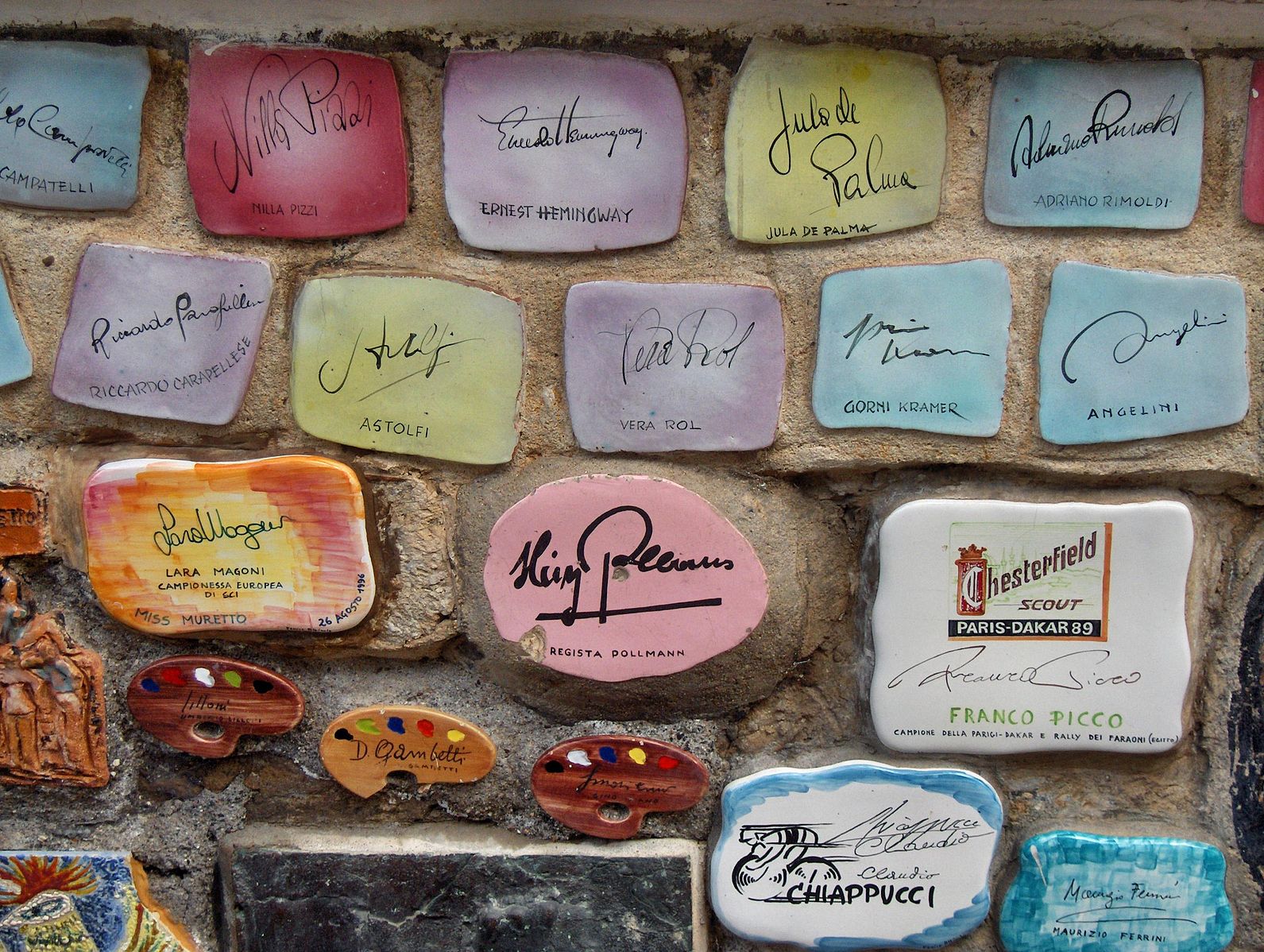
Muretto di Alassio; Photo by Georges Jansoone
Bussana Vecchia
Living in Liguria in medieval times? Better beware of pirates. In order to protect from these seaborne raiders, many of Liguria’s towns were built precariously upon the steep hills and valleys between mountains and sea. One such town was Bussana Vecchia, and when the entire region rumbled with an earthquake in 1887, hundreds of locals died and the village was brought to its knees. Bussana, already old and unstable, was claimed beyond repair and uninhabitable. Left abandoned in favor of a Bussana Nuova (New Bussana) in the valley below, Bussana continued to decay and decay. That is, until the 1960s, when a group of radical artists, headed by Sicilian painter Vanni Giuffrè, turned it into their free-spirited safe haven, rebuilding the town’s ruins by hand and without electricity or running water. The original group came up with their own set of rules, making all spaces communal and prohibiting the sale of artwork. The result was an art-filled bohemian dreamscape. Though it may have lost some of its off-the-grid magic, Bussana Vecchia is, according to resident artist Silvano Manco, “the last self-managed squatting community in Europe.” Continue reading here for the full story of these artistic rebels!
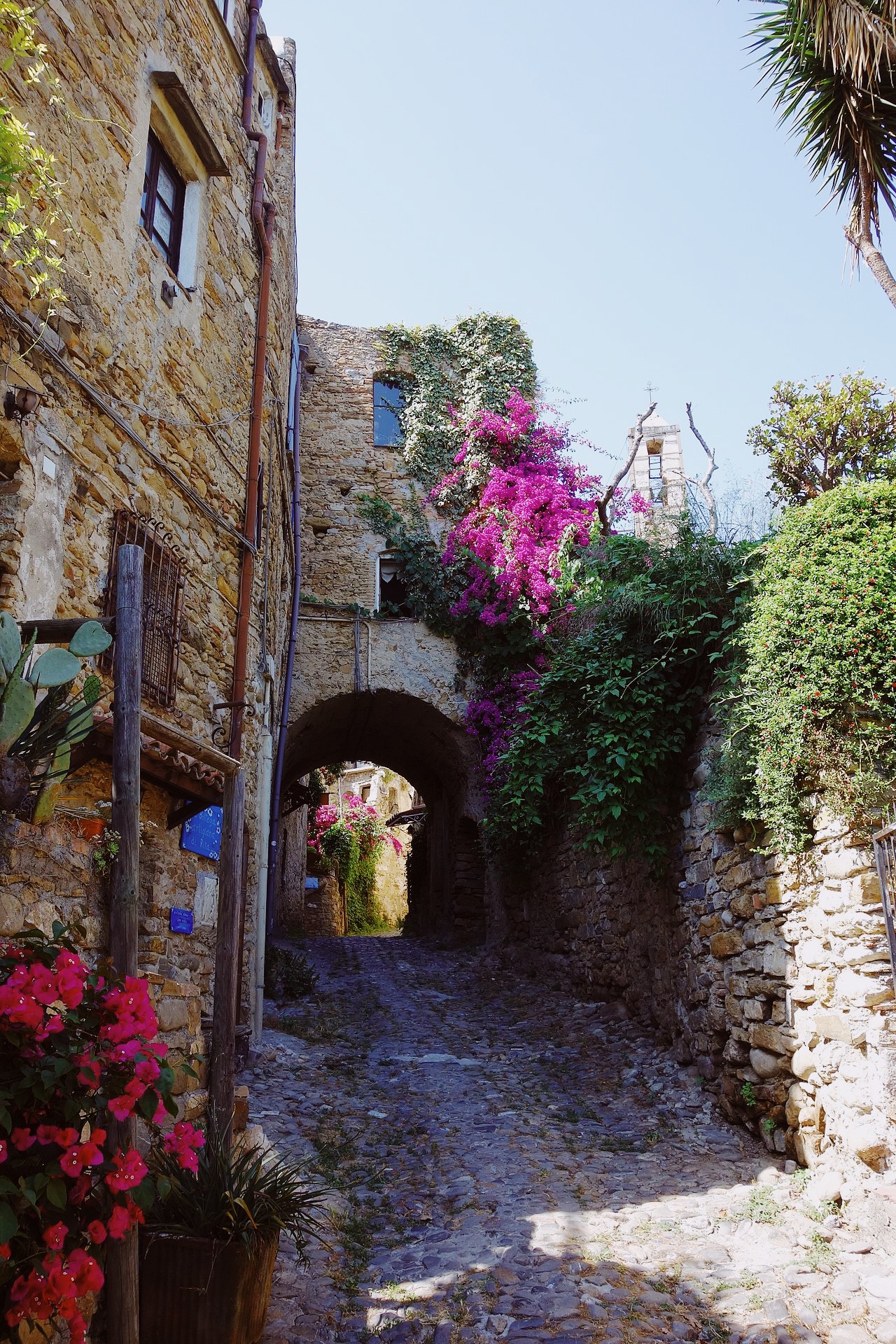
Bussana Vecchia
Palmaria
Since 1997, this little island in the Gulf of Poets has been included in a UNESCO World Heritage Site along with Portovenere and Cinque Terre. Just 1.6 km squared, this triangular island packs a punch when it comes to history. The island features several notable structures, such as the Fort Count of Cavour (also known as Fort Palmaria), an environmental education center housed in a former battery, Batteria Semaforo near the Scola Tip, and the remnants of the Albini battery. The ironclad tower Umberto I, which served as a military prison during World War II, was renovated recently, and the island is dotted with abandoned World War II bunkers and the remains of coastal and anti-aircraft batteries, many of which are now unreachable due to encroaching vegetation. On the southern end of the island, you can walk around an abandoned quarry, where portoro, a black marble with golden streaks, used to be extracted, while the western side features some amazing coves and caves for swimming, reachable exclusively by boat. Don’t miss, however, hiking to the highest point of Palmaria for some crazy views of Portovenere.
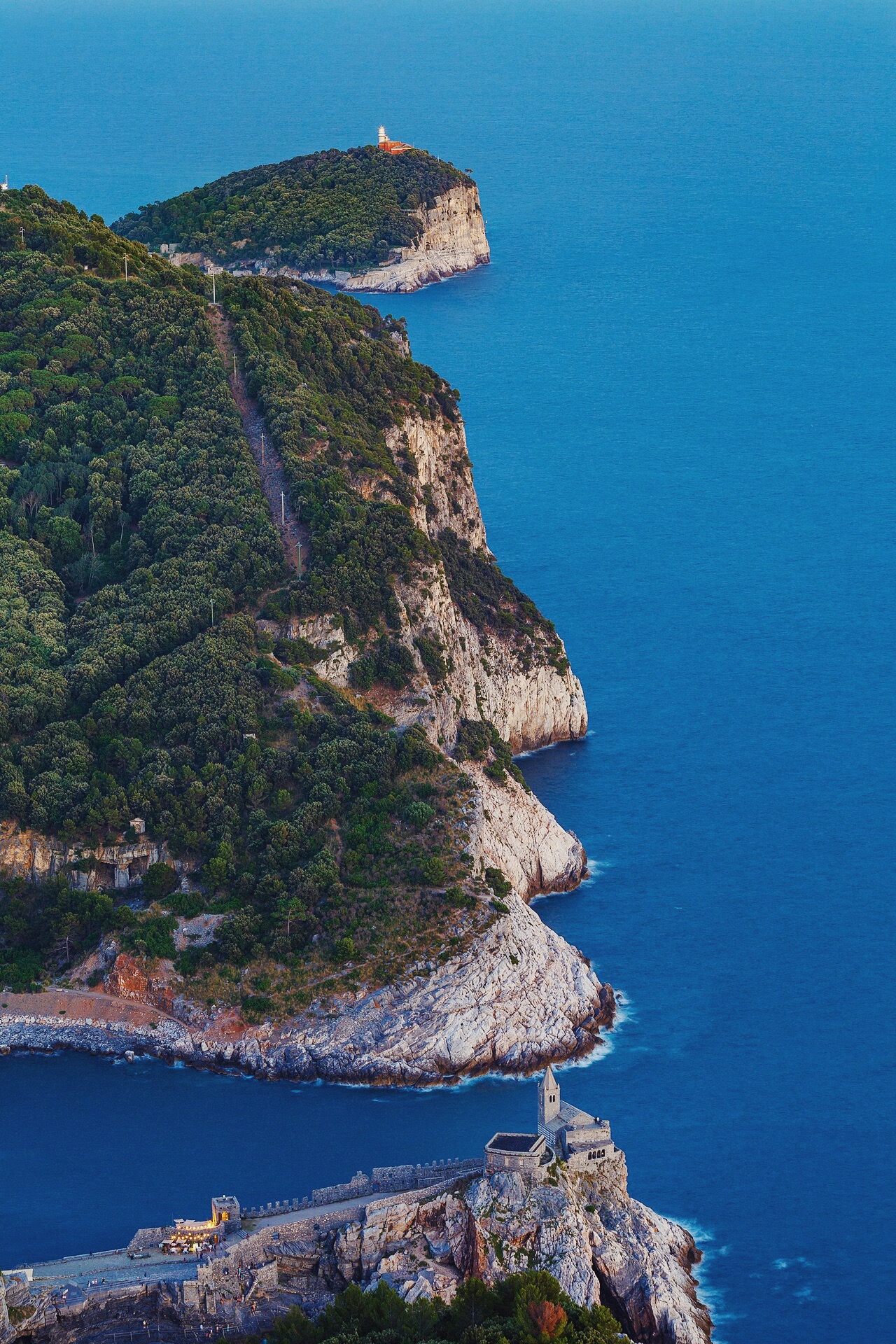
Portovenere and Palmaria
